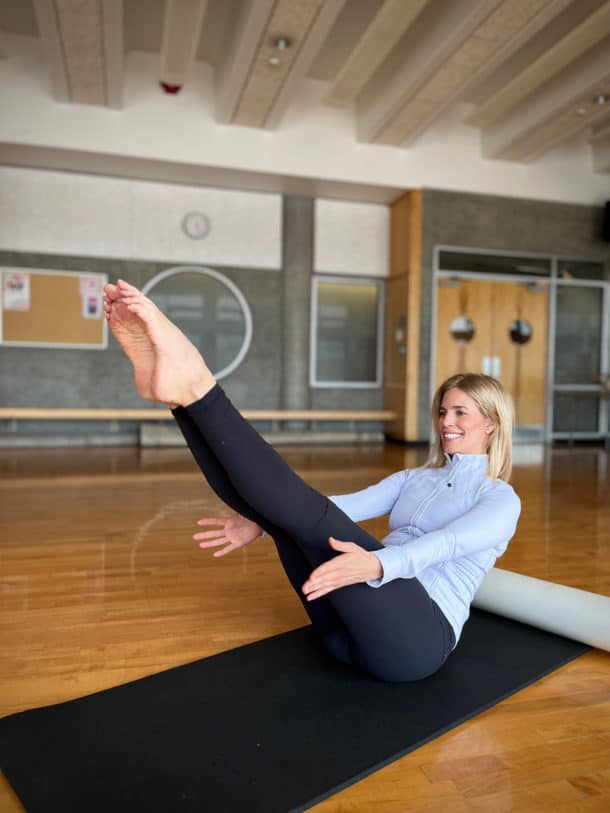Robotic surgery is emerging technology with limited coverage.
Robotic surgery came up in conversation recently with a family member. A friend had told them that it was better than other minimally invasive approaches. As a result, they were convinced it is worth the extra cost.
Most health insurers do not cover the use of robots in surgery simply because the benefits in terms of patient outcomes have not exceeded the incremental cost. Insurers don’t mind if robots are used but they will not pay more for it.
As with any innovation, early adopters of the technology have to bare the cost or pass the cost to their patients [$3,000 – $6,000] until it becomes a standard of care. When there is enough scientific evidence, insurers will often pay a technical fee to facilitate widespread adoption of the technology.
We consulted Peter Gerbino MD to get the latest inights on the benefits of robotic surgery now.
Q+A with Peter Gerbino MD.
Q/ What are the benefits of robotic surgery over laparoscopic and arthroscopic surgery?
There are the theoretical advantages of robotic surgery. You will find these “advantages” published by the manufacturers and those using robotics which include:
- Shorter hospitalization.
- Reduced pain and discomfort.
- Faster recovery time and return to normal activities.
- Smaller incisions, resulting in reduced risk of infection.
- Reduced blood loss and transfusions.
- Minimal scarring
The problem is that the research does not show that the advantages are there. What has been shown scientifically:
- Enormous cost increase to buy the robot and cost per case.
- Almost double the time it takes to do the operation to set up and break down the robot interface, increasing anesthesia time and risks.
- Minimal to no changes in the purported “advantages” listed above.
- More accurate cuts and implant placement, but no change in outcomes.
Q/ Is Robotic surgery becoming a standard of care in any specialty? Or any procedure?
Robotics are being used in most surgical specialties including neurosurgery, cardiology, urology, gynecology, general surgery and orthopedics. However, robotics has not become the standard of care in any specialty as yet except possibly neurosurgery for difficult brain surgery using the gamma knife. It is probable that as surgery evolves, robotics will become more useful.
Q/ How is hip arthroscopy and replacement surgery advancing with the use of robotics?
Hip arthroscopy and replacement surgeons do not now use robotics commonly. Those using robotics are doing so mostly because it is a good marketing strategy. Patients hear “robotics” and incorrectly believe that their surgeon is better and more advanced than others. Some others using robotics are those who cannot get the angles consistently accurate and need to use a robot to prevent them from making mistakes. Others are using robotics in research to learn how to improve the technique.
Q/ Is it worth the incremental cost to have robotic assisted surgery?
Most would argue that the benefit is not greater than the cost. Rather than making a bad surgeon good and a good surgeon better, it is more like making a bad surgeon less bad and a good surgeon slower.
Q/ What is the biggest potential for robotic surgery in the future?
The future is limitless. With the proper sophistication in robotics, we could do almost any operation we currently do manually. Unlike manufacturing where a robot can do the same job thousands of times with incredible precision, in surgery each person’s anatomy is different so the robot needs to be smart enough to adjust to those differences. Right now, all the robots can do is measure angles and distances accurately and take any tremor out of the equation for precision cuts.
Q/ Will stem cell therapies reduce the need for hip replacement surgery? Or will the implants get better?
Implants will definitely continue to improve. Stem cells will most likely find a place in cartilage healing and regeneration, reducing the need for replacement. Gene therapy might enable us to predict who is at risk for osteoarthritis and modify their DNA to reduce that risk.
Contact Us
Please email us to request more information about our services and collaborations.
Stay Connected
Subscribe free to receive our latest tips, workouts, exclusive offers and community notifications every Monday.



